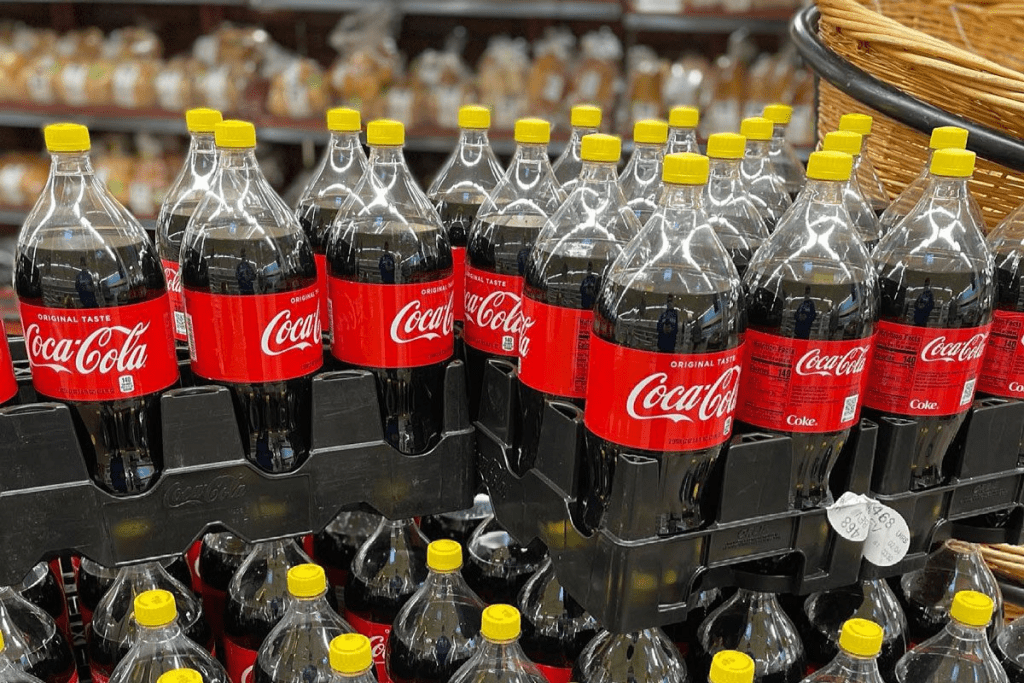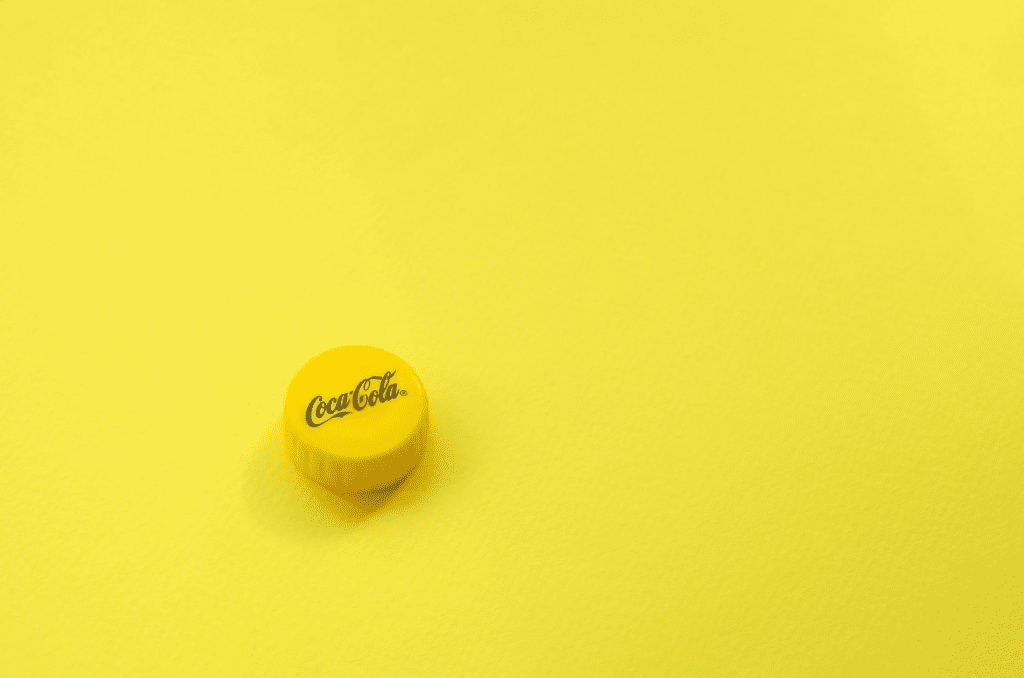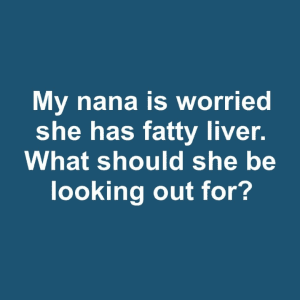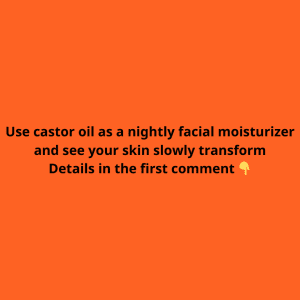Coca-Cola has long been a household staple around the globe, but if you’ve recently noticed bottles of Coke with yellow caps, you might be wondering what makes them special. These yellow-capped bottles are more than just a marketing gimmick—they serve a significant cultural and religious purpose. Specifically, they cater to individuals observing the Jewish holiday of Passover. In this article, we’ll dive into why Coca-Cola uses yellow caps during Passover, what it means for consumers, and how it ties into dietary traditions.
The Significance of Passover in Jewish Culture

Passover is one of the most important holidays in the Jewish calendar. It commemorates the Israelites’ exodus from Egypt, symbolizing freedom and liberation. During this eight-day holiday, which usually occurs in the spring, Jewish dietary laws become more restrictive. Many foods that are permissible during the rest of the year become off-limits. The holiday is marked by a strict avoidance of chametz—foods made from grains like wheat, barley, oats, spelt, and rye that have come into contact with water and risen. Additionally, those of Ashkenazi descent avoid kitniyot, a category that includes legumes and certain grains such as corn, rice, and lentils.
Why Coca-Cola Changes Its Formula for Passover
For most of the year, Coca-Cola contains high fructose corn syrup as a sweetener, a common ingredient in sodas. However, during Passover, this corn-based syrup is classified as kitniyot and is prohibited for many observant Jews. To ensure that everyone can enjoy Coke during the holiday without violating their dietary restrictions, Coca-Cola offers a special Passover-friendly version.
What’s the Difference?
The main difference is the sweetener. Instead of using high fructose corn syrup, Coca-Cola swaps it out for sucrose, or regular table sugar. This change allows the beverage to be consumed by those adhering to Passover dietary laws. The switch to sucrose is not only a practical solution for observant Jews but also gives the drink a slightly different, some might say “retro,” taste.
The Yellow Cap: A Simple Yet Effective Indicator
Coca-Cola needed a way to easily distinguish these Passover-friendly bottles from the regular ones on store shelves. Enter the yellow cap. This bright, noticeable marker signals that the bottle contains a Passover-compliant formula. It’s a visual cue that lets consumers know the drink is safe for consumption during the holiday without having to check ingredient lists or labels too closely.
What To Look For:
Aside from the yellow cap, these bottles also carry the “OU-P” symbol, which stands for Orthodox Union Passover, a certification that guarantees the product adheres to kosher-for-Passover standards. This symbol is usually found near the ingredients list or on the neck of the bottle, further reassuring consumers that the product meets strict kosher guidelines.
Coca-Cola’s Commitment to Inclusivity and Cultural Sensitivity
Coca-Cola is not just one of the biggest brands in the world; it’s also one of the most culturally aware. By offering a Passover-compliant version of its drink, Coca-Cola shows a deep understanding of the needs of its diverse customer base. It’s not just about selling more soda—it’s about ensuring that everyone, regardless of their religious or cultural practices, can continue to enjoy their favorite beverage during significant times of the year.
Why Does This Matter?
The company’s dedication to providing options for all communities reflects a broader trend toward inclusivity and consumer sensitivity. While some might view this as a small gesture, it’s meaningful for those who might otherwise have to forgo their favorite soft drink during Passover. It also highlights the importance of global brands recognizing and respecting religious practices.
How Passover Coca-Cola Benefits Everyone

Interestingly, the Passover version of Coca-Cola isn’t just popular among observant Jews. Many soda enthusiasts and purists believe that Coke made with real sugar tastes better than the version sweetened with high fructose corn syrup. The sucrose-based formula gives the drink a taste closer to the original Coca-Cola recipe, which used sugar before corn syrup became the standard sweetener in the 1980s.
A Collector’s Item
Because these yellow-capped bottles are only available for a limited time, some people seek them out not just for consumption but as collector’s items. The yellow cap serves as a seasonal marker, much like holiday-themed packaging, making these bottles a unique find on store shelves.
As Passover approaches, Coca-Cola begins rolling out its special edition bottles to major grocery stores and markets with large Jewish communities. These bottles are typically available in the weeks leading up to the holiday, so if you’re hoping to get your hands on one, keep an eye out starting in March or April, depending on when Passover falls that year.
Where to Look:

You’re most likely to find these bottles in stores with kosher sections or in areas with a high concentration of Jewish shoppers. While they are more widely available in places like New York or Los Angeles, many mainstream supermarkets now stock them as well.
The yellow-capped Coca-Cola is more than just a temporary product change; it’s a reflection of Coca-Cola’s commitment to inclusivity, respect for religious practices, and understanding of consumer needs. By offering a Passover-compliant version of its iconic drink, Coca-Cola ensures that everyone can enjoy a Coke, no matter their dietary restrictions. Whether you observe Passover or simply prefer the taste of Coke with real sugar, these yellow-capped bottles are a special find during the holiday season.
So, the next time you spot a Coca-Cola bottle with a yellow cap, you’ll know exactly what it means. It’s not just a different look—it’s a thoughtful nod to tradition and an example of how brands can adapt to meet the needs of diverse consumers.


